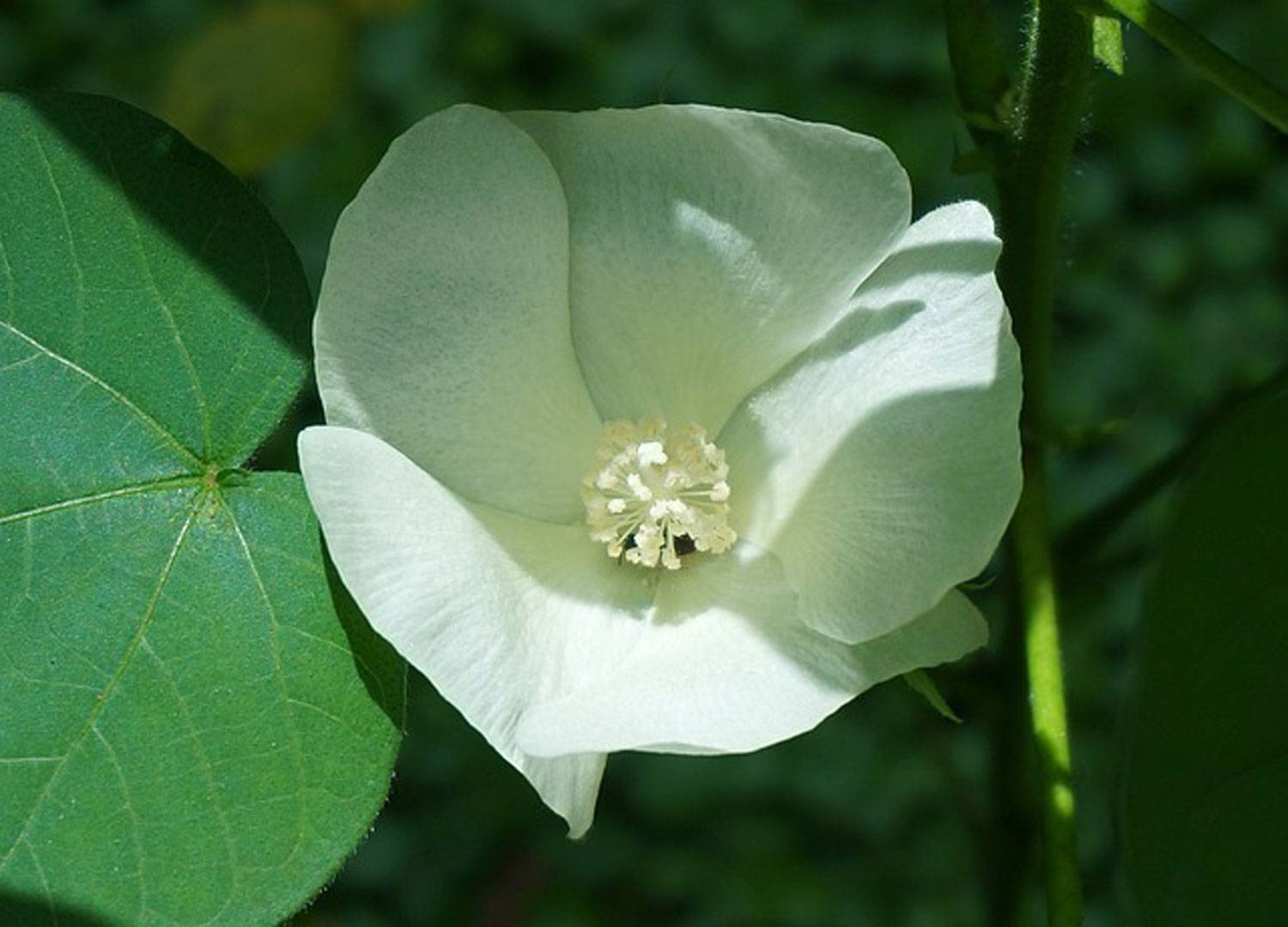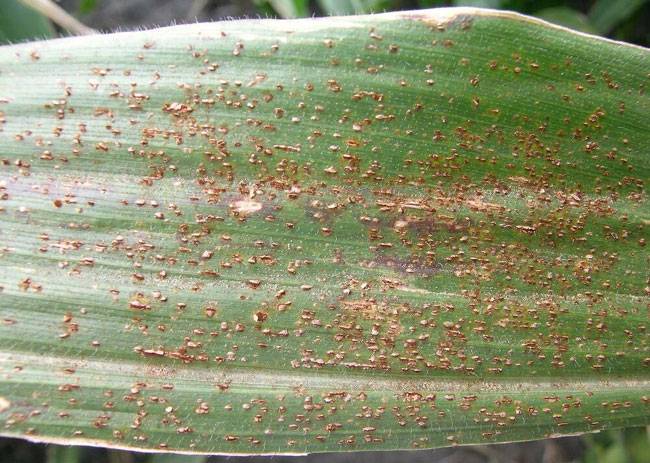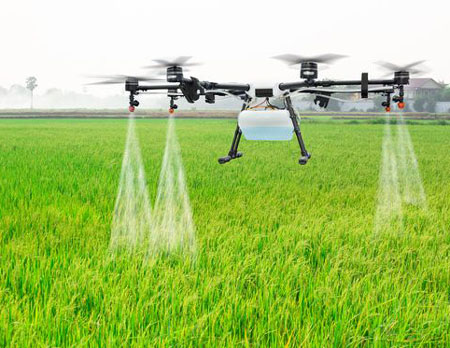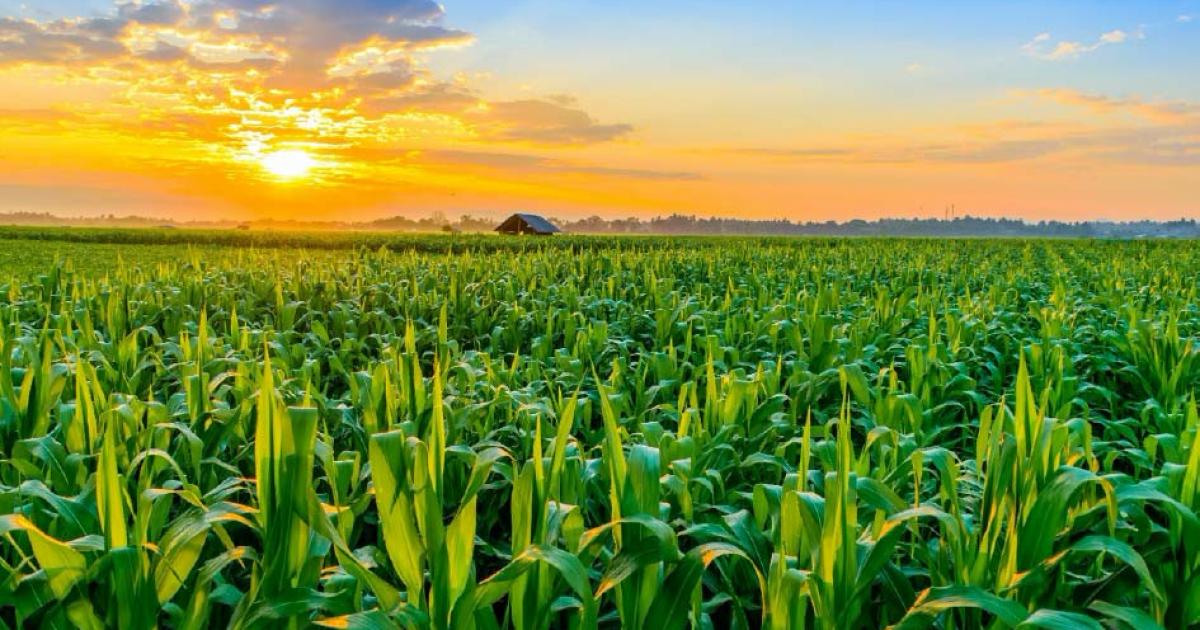Management of Ginger Bacterial Wilt
Management of Ginger Bacterial Wilt

Management of Ginger Bacterial Wilt
Bacterial Wilt of Ginger: A Comprehensive Guide
Bacterial wilt of ginger, caused by the bacterium Ralstonia solanacearum, is one of the most destructive diseases affecting ginger cultivation worldwide. This disease, also known as "ginger wilt," can lead to severe yield losses, impacting the livelihoods of farmers who depend on this valuable spice crop. In this blog, we will explore the causes, symptoms, epidemiology, and management strategies for bacterial wilt in ginger.
1. Understanding Bacterial Wilt of Ginger
Causal Agent: The bacterium Ralstonia solanacearum is responsible for causing bacterial wilt. This pathogen has a broad host range, infecting over 200 plant species, including solanaceous crops like tomatoes, potatoes, and eggplants, making it a significant threat to agricultural production.
Disease Cycle: The bacterium enters ginger plants through the root system or wounds and spreads rapidly through the plant's vascular system, clogging the xylem vessels. This results in wilting and eventual death of the plant. The bacterium thrives in warm, humid environments, particularly in soils with poor drainage. It can persist in the soil for extended periods, making management challenging.
2. Symptoms of Bacterial Wilt
The symptoms of bacterial wilt in ginger are distinctive but can be confused with other wilting diseases. Key signs include:
- Wilting of Foliage: Initially, the leaves of infected plants show wilting, particularly during the hottest part of the day. The wilting may first be temporary but becomes permanent as the infection progresses.
- Yellowing of Leaves: The leaves begin to yellow, starting from the lower parts of the plant and gradually moving upwards.
- Stunted Growth: Infected plants show signs of stunted growth and reduced vigor compared to healthy plants.
- Rhizome Rots: A distinctive feature is the rot of ginger rhizomes, which become soft, discolored, and have a foul odor when infected. The internal tissues of the rhizome may turn brown or black.
- Oozing from Cut Surfaces: If you cut an infected stem or rhizome, a milky, white bacterial ooze may appear, which is a clear indication of the bacterial infection.
- Sudden Plant Death: In severe cases, plants may suddenly collapse and die without any prior symptoms.
3. Epidemiology and Spread of the Disease
The bacterium Ralstonia solanacearum is primarily soil-borne and can spread through several routes:
- Infected Plant Material: The disease can be spread by planting infected ginger rhizomes. This is a common route of infection in many areas.
- Contaminated Water: Irrigation with contaminated water can facilitate the movement of the bacteria to healthy plants.
- Infected Soil: The bacterium can persist in the soil for years, making infested fields a source of recurring infection.
- Farm Tools and Equipment: The pathogen can spread through contaminated tools, machinery, and workers' shoes, leading to the infection of healthy plants.
- Environmental Conditions: Warm temperatures (25-35°C), high humidity, and heavy rainfall provide ideal conditions for the bacterium to thrive.
4. Factors Favoring Bacterial Wilt
Several factors contribute to the proliferation of bacterial wilt in ginger:
- Soil Conditions: Waterlogged, poorly drained soils are highly conducive to the development of bacterial wilt. The bacterium thrives in anaerobic conditions.
- High Temperatures and Humidity: Hot, humid weather accelerates the spread of the disease, making tropical and subtropical regions more prone to outbreaks.
- Monocropping and Poor Field Sanitation: Continuous cultivation of ginger in the same field without rotation increases the risk of disease buildup in the soil.
5. Management and Control of Bacterial Wilt
Controlling bacterial wilt in ginger requires an integrated approach, as there are no effective chemical treatments available for this disease. The following are some of the key management strategies:
1. Use of Disease-Free Planting Material
- Ensure that the ginger rhizomes used for planting are free from the disease. This can be achieved by sourcing certified disease-free seed rhizomes from reputable suppliers or through micropropagation methods.
2. Crop Rotation
- Practice crop rotation with non-host plants (such as cereals, legumes, or cruciferous crops) to break the disease cycle. Avoid planting ginger or other susceptible crops in the same field for several years.
3. Soil Solarization
- Soil solarization involves covering the soil with transparent plastic sheets during the hot summer months to raise soil temperatures and kill off the bacteria. This method can reduce the pathogen load in the soil.
4. Raised Bed Cultivation
- Growing ginger on raised beds with good drainage can help reduce the risk of waterlogging and minimize the spread of the bacterium. Improving soil drainage is critical to limiting bacterial wilt.
5. Biological Control
- The use of biocontrol agents like Pseudomonas fluorescens and Bacillus subtilis has shown some promise in suppressing Ralstonia solanacearum populations in the soil. These beneficial microbes can outcompete the pathogen and help reduce disease incidence.
6. Soil Amendments
- Incorporating organic matter into the soil, such as compost or green manure, can improve soil structure and drainage. Organic amendments may also enhance microbial activity in the soil, which can help suppress the bacterial pathogen.
7. Sanitation Practices
- Ensure that farm tools, equipment, and workers’ footwear are properly sanitized to prevent the spread of the bacterium from infected to healthy plants.
- Remove and destroy infected plants immediately to reduce the spread of the disease within the field.
Blog
Explore Our Blog






About Us
Welcome to Agriplaza
Welcome to Agriplaza. India's first and only comprehensive digital platform dedicated to agriculture and farmers. Explore widest range of related data our figures speaks a lot.
717029
Visitors
239
Diseases
131
Pests




